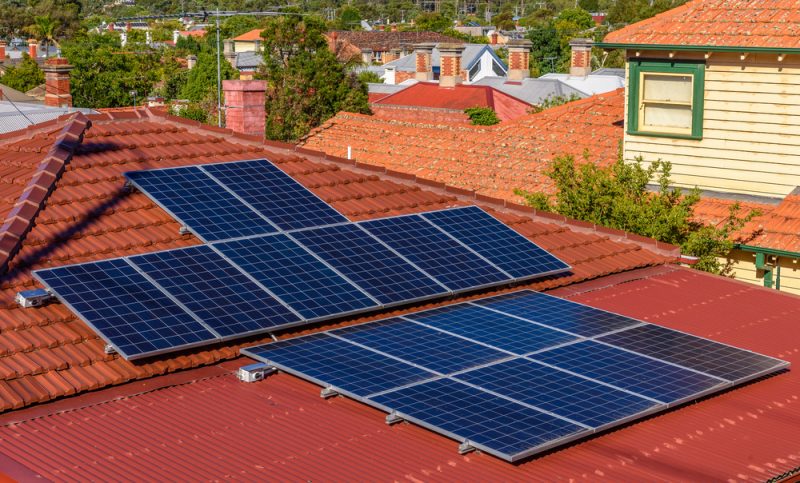GAO report finds potential benefits, challenges come with solar technology

Policymakers have implemented or are considering measures to maximize the benefits and minimize challenges of residential rooftop solar panels, batteries and related smart technologies, a report from the Government Accountability Office (GAO) found.
These solar technologies can help the electric grid to operate more efficiently, especially during periods of high demand. They also provide other benefits, such as cleaner energy production.
Increased solar deployment can present grid management challenges as well. In Hawaii, for example, residential solar units have begun to produce more power that the grid was built to handle, which resulted
in the need for infrastructure upgrades. Grid operators told GAO that these challenges were usually manageable, because overall solar deployment is still low.
Several state regulators have required utilities to identify areas where solar would be most valuable for grid operation. Others have enacted policies offering incentives for customers to reduce pressure on the grid during peak demand hours by using solar, storage and other relevant technologies.
Other solar policies include federal tax incentives that reduce the upfront cost of solar installations. Forty one states have net metering policies that require utilities to compensate customers for electricity they send to the grid, while 14 states provide tax credits for installing solar systems.
GAO also found that solar deployment in the United States has increased, but still makes up a small percentage of overall electricity generation. From 2010 to 2015, the number of U.S. residential customers with solar systems increased sevenfold, but still represented only 0.7 percent of electricity customers in 2015. Every U.S. state experienced solar growth, GAO reported, but a few states, including Hawaii and California, accounted for a large portion of solar expansion.
GAO also found that, although concrete data on storage systems and smart devices was not available, the data provided to the office through interviews indicated limited deployment of these technologies.
For this study, GAO analyzed Energy Information Administration data and interviewed a non-generalizable sample of 46 government agency and stakeholder organizations, including state regulators and at least one electricity supplier from each of the five states — Arizona, California, Hawaii, Minnesota, and New York — that were chosen based on state policies and their high technology deployment levels.
